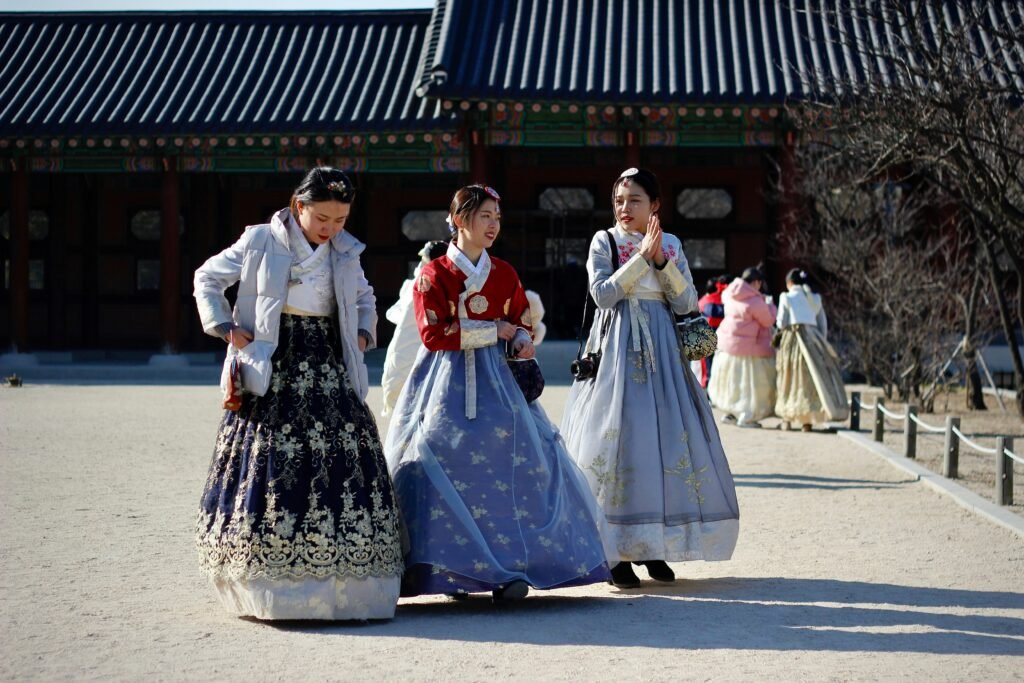Unlocking the Cultural Treasures Beyond the Surface
Greetings, Lovely Readers!
Embark with us on a journey into the heart of Korean culture, where age-old traditions intertwine with modern influences to create a tapestry of unique concepts. Beyond the teachings of Confucianism and the echoes of the Korean War, a rich cultural tapestry has emerged. Let’s explore these concepts that not only guide behavior but also shape the very essence of South Korean society.

Why Learn about Korean Concepts?
Understanding these concepts provides a lens into the intricacies of Korean behavior and thought. It unveils the cultural backdrop that influences actions, allowing you to appreciate the nuances of interactions with Koreans. Each concept, a thread in the cultural fabric, interweaves to form a holistic understanding of societal norms.
Journey into Different Korean Concepts
1. 체면 (Chaemyeon), Face
At the core of South Korean culture lies 체면 (Chaemyeon) – a concept deeply embedded in Asian traditions. Initially crucial during times of adversity, it dictated maintaining a stoic facade. While its significance may have evolved in modern Korea, it still plays a role in crafting appearances. Whether concealing financial struggles or enhancing self-worth, 체면 (Chaemyeon) remains a silent force shaping personal narratives.
2. 기분 (Gibun), Feeling; Dignity
기분 (Gibun), or feeling, extends beyond emotions to embrace dignity and pride. Upholding positive 기분 (Gibun) is paramount, fostering harmonious relationships. Negative feedback is approached cautiously, aligning with the overarching theme of 인화 (Inhwa), or harmony. A delicate dance where emotions are safeguarded to preserve the collective well-being.
3. 인화 (Inhwa), Harmony
In the intricate dance of Korean culture, 인화 (Inhwa) takes center stage, particularly in business settings. Rooted in Confucian principles, it guides interactions to maintain a harmonious balance. Upholding 인화 (Inhwa) involves skillfully navigating positive responses, reflecting a commitment to 체면 (Chaemyeon) and fostering interconnected relationships.
4. 정 (Jeong), Attachment
Unique to Korean culture, 정 (Jeong) encapsulates the warmth between close individuals – be it familial, romantic, or platonic. This concept thrives in Korea’s collective spirit, manifesting as genuine acts of care. From grandmothers showering grandchildren with treats to friends crafting thoughtful gifts, 정 (Jeong) embodies a hospitality that transcends cultural boundaries.

5. 눈치 (Nunchi), “Art of Understanding”
A subtle art woven into the social fabric, 눈치 (Nunchi) embodies situational awareness and deep understanding. The ability to read the room, adapt behavior, and navigate social dynamics defines quick 눈치. In a society valuing collectiveness, mastering the art of 눈치 becomes a key to successful integration and social navigation.
In Conclusion: A Deeper Connection with Korea
As we conclude our exploration, these Korean concepts offer a glimpse into the intricate layers of South Korean culture. Beyond mere guidelines, they echo the collective spirit that defines interactions. May this journey into the heart of Korean concepts enrich your understanding and foster meaningful connections in your daily interactions with Koreans.
Wishing you a cultural voyage filled with discovery!
For more Culture related post go to our CULTURE section!
